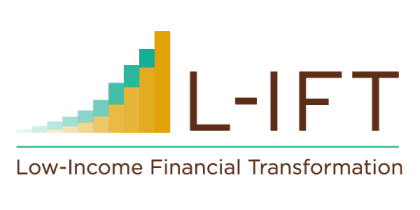What do we mean by the terms Big Data and Small Data?
Big Data refers to massive amounts of data that are too complicated and vast to be handled by typical data processing software. These data sets are frequently compiled from a variety of sources, including social media, sensor data, and online purchases. Big Data are huge in volume, high in velocity (being created in real-time), diverse in variety, and exhaustive in scope (Kitchin & Lauriault, Small Data in the Era of Big Data, 2015, 463–475).
In contrast, Small Data refers to data collections that are small enough to be handled by typical data processing programs. Individuals or small groups frequently create this data, which can be acquired by surveys, questionnaires, or direct observation. Small Data is distinguished by its specificity, precision, and capacity to provide answers to particular queries.1
While Big Data has enabled us to handle and analyze huge quantities of data in previously unimaginable ways and has undoubtedly been revolutionary, there is a growing realization that Small Data is the future.
One of the primary benefits of Small Data is its clarity and ease of interpretation. Because it is created by the individuals themselves, it is data that is simple to understand and evaluate. Unlike Big Data, which may be difficult to understand and extract insights from, Small Data is data that can be asked questions of and interacted with in a meaningful way.
This is not to dismiss the significance of Big Data. Indeed, Big Data has aided companies in gaining insights into large-scale trends and patterns, as well as making forecasts about future behavior. However, it is becoming clear that Big Data alone is not enough and that the real value lies in combining Big Data with Small Data.
L-IFT is mostly collecting Small Data, the data that is painstakingly reported by individuals on our app. This seemingly goes against the trend of the times, where the focus is on Big Data. Many assume nowadays that data does not need to be collected anymore. Instead, it is ‘harvested’, from people’s phones, their bank accounts, their electricity bills, etc.
However, nobody has any control over their Big Data or this harvested data. For many, Big Data may not properly represent their situation. Small Data should actually become just as fashionable as Big Data as it enables people to correct some of the Big Data about them. Small Data should be used next to Big Data and they will enhance each other.
In conclusion, while Big Data has undoubtedly been transformative in many ways, Small Data used in conjunction with Big Data will define the future. Small Data is simple, easy to read, and highly personalized, making it a great supplement to the massive volumes of Big Data created by systems and sensors all around us. Organizations may acquire a more complete picture of how people engage with their products and services by merging Big Data with Small Data, as well as create trust and strengthen connections with their consumers. This is why L-IFT and FINBIT are dedicated to enabling people to build and record their own Small Data and tell their stories clearly.
1 Some of these definitions are also clearly explained in this online article http://www.differencebetween.net/technology/difference-between-big-data-and-small-data/
